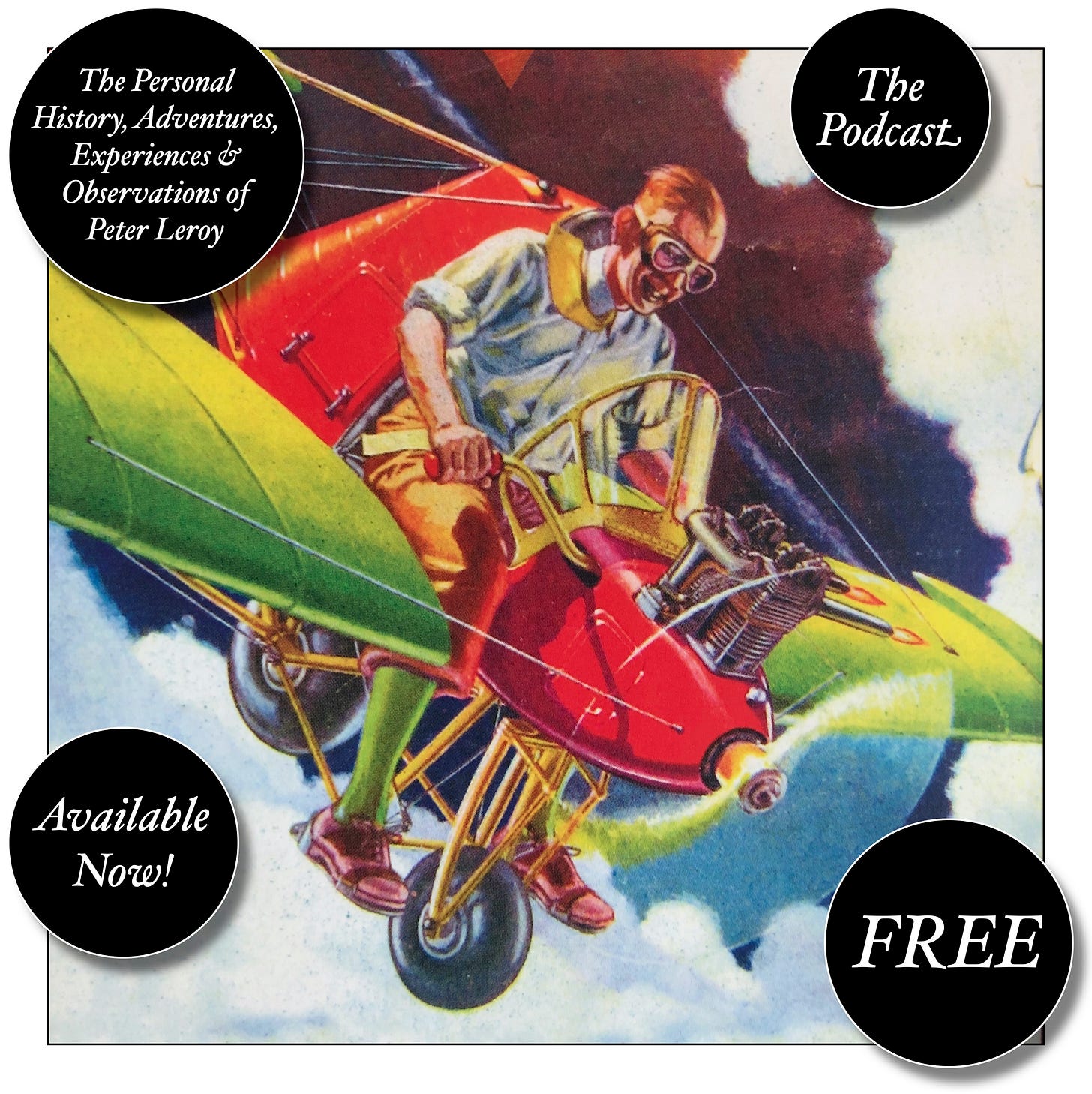17
I FOUND that all the talk about drawing was making me twitchy, eager, and impatient. Earlier that morning, I had found myself awakened by a desire, the way I might have been awakened by the sun. Perhaps desire is too strong a word. I suppose it was just an urge. I wanted to learn to paint—really wanted to learn to paint, not just as a way of getting Andy to consent to my walking the girls to the movies, but for some reason of my own that was not yet clear. What had aroused that urge? Maybe it was the smell of paint and turpentine that lingered in my memory from my single visit to Andy’s studio. Maybe it was the tactile memory of the roller in my hands, the willed effort I had invested in controlling it as I’d moved it across Andy’s canvas in the act of representation. More likely, I think, was the possibility that I’d been sold on the idea by the matchbook advertisements distributed by the Past Masters Correspondence School, an outfit that offered instruction in everything from plumbing to poetry, all in the privacy of your own home, through lessons devised by professionals recently retired from the discipline of your choice.
These lessons were very popular at the time. Smoking was also popular at the time, and the Past Masters used matchbooks to recruit their students. Their approach to advertising was very simple, almost childish. It was derived from a basic schoolyard challenge that began “Betcha can’t,” and went on to trouble. Among the “Betcha can’t” challenges that I can recall accepting, to my regret, were “Betcha can’t hit that window with this rock” and “Betcha can’t climb up that ivy all the way to the roof of the school.” You get the idea. The Past Masters simply omitted “Betcha can’t” and printed the heart of the challenge on each of the matchbook covers that touted one of their correspondence courses. The one for the taxidermy course showed a cartoon raccoon over the challenge “Stuff Me!” The one for plumbing showed a dripping faucet over “Stop Me!” The one that got me, the one for the art course, showed the profile of an attractive young woman over the challenge “Draw Me!”
Inside the matchbook, there were instructions about the dimensions of the drawing one should make, a warning against tracing, the reassurance that one could work in any medium, and the information that “the admissions board of the Past Masters Correspondence School will review your drawing and decide whether to extend to you an invitation to enroll in the fine arts course.” I decided that the real challenge was hidden within this deceptively simple statement. Anyone who had been attracted by the cover, opened the matchbook, and read the rules and regulations inside was meant to detect the challenge and take it. I did, or at least I tried to. When I read those words, I said to myself, just as the Past Masters intended me to, “I know what they mean by that. They think I’m not good enough for them. They think I can’t draw that girl. I can. I could. Anytime. If I wanted to. If I felt like it. If I wanted to take the trouble.” Sometimes I took the trouble and actually did try drawing the perky woman, and sometimes I thought of sending my drawings in to the Past Masters to see if they’d be willing to let me enroll in their school, but I was always troubled by the question of how good a drawing they were looking for. I would look at my drawing of the girl on the matchbook cover and try to decide whether it was good enough—or bad enough—to qualify me for admission.
On the one hand, I supposed that the drawing should show some talent, at least a talent for mimicry. If it didn’t, I could imagine receiving a letter from the Past Masters beginning with something along the lines of “We’re terribly sorry, Mr. Leroy, but you simply haven’t got the knack.” On the other hand, the drawing shouldn’t be too accomplished. If it was, what would be the sense of my pursuing the course? The Past Masters would send me a letter beginning with something like “We’d love to have you in the school, Mr. Leroy, but we’re afraid that there simply isn’t anything we can teach you.” In either event, whether I erred on one side or the other, I was going to be turned down. I put quite a bit of time into wondering about where the successful drawing ought to fall along the continuum from inept to adept, and even more time working and reworking my drawings to try to strike the right balance, but I never quite felt that I’d found it, and since I didn’t want to have to suffer the disappointment of being turned down, I never applied.
[to be continued]
Have you missed an episode or two or several?
You can begin reading at the beginning or you can catch up by visiting the archive or consulting the index to the Topical Guide. The Substack serialization of Little Follies begins here; Herb ’n’ Lorna begins here; Reservations Recommended begins here; Where Do You Stop? begins here; What a Piece of Work I Am begins here; At Home with the Glynns begins here.
You can listen to the episodes on the Personal History podcast. Begin at the beginning or scroll through the episodes to find what you’ve missed. The Substack podcast reading of Little Follies begins here; Herb ’n’ Lorna begins here; Reservations Recommended begins here; Where Do You Stop? begins here; What a Piece of Work I Am begins here; At Home with the Glynns begins here.
You can listen to “My Mother Takes a Tumble” and “Do Clams Bite?” complete and uninterrupted as audiobooks through YouTube.
You can ensure that you never miss a future issue by getting a free subscription. (You can help support the work by choosing a paid subscription instead.)
At Apple Books you can download free eBooks of Little Follies, Herb ’n’ Lorna, Reservations Recommended, and Where Do You Stop? and What a Piece of Work I Am.
You’ll find overviews of the entire work in An Introduction to The Personal History, Adventures, Experiences & Observations of Peter Leroy (a pdf document), The Origin Story (here on substack), Between the Lines (a video, here on Substack), and at Encyclopedia.com.














Share this post